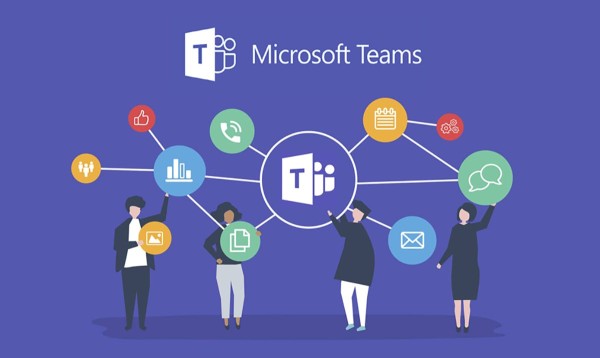
Azure Data Factory is a comprehensive and versatile solution tailored for enterprises needing seamless data integration and transformation capabilities. Designed with scalability and efficiency in mind, ADF provides an intuitive, code-free environment where users can build complex data workflows effortlessly. Its serverless architecture not only reduces operational overhead but also ensures optimized resource management.
One of ADF's strongest attributes is its extensive connectivity. Supporting over 90 native connectors, it enables integration with diverse data sources, including relational databases, NoSQL systems, SaaS applications, APIs, and cloud storage. This eliminates the need for custom integrations, allowing businesses to focus on deriving insights from unified data.
ADF also excels in data transformation. Through its mapping data flows powered by Apache Spark, organizations can process and refine massive datasets without manual intervention. These transformations are managed in a scalable and high-performance environment, meeting the demands of modern data-driven enterprises.
Moreover, its tight integration with the Azure ecosystem makes it a linchpin in a unified analytics strategy. ADF collaborates seamlessly with tools like Azure Synapse Analytics, Power BI, and Azure Machine Learning, empowering businesses with the tools to analyze, visualize, and model data effortlessly.
However, some users note a steep learning curve, especially for those unfamiliar with the Azure ecosystem. While the graphical interface simplifies pipeline creation, advanced configurations may require expertise. Additionally, migrating from traditional on-premises solutions like SQL Server Integration Services (SSIS) can pose initial challenges but becomes a strategic advantage once deployed.
ADF Key features
1. Data Pipeline Orchestration
ADF allows the design and management of data workflows, known as pipelines, that perform data integration and processing tasks. These workflows can include sequential or parallel activities, enabling the automation of complex ETL (Extract, Transform, Load) and ELT (Extract, Load, Transform) processes. The flexibility of pipeline orchestration ensures that businesses can customize workflows to their specific needs.
2. Advanced Data Transformation
With its mapping data flows feature, ADF offers advanced capabilities for transforming large datasets. These transformations leverage a managed Apache Spark environment, ensuring scalability and optimal performance. The graphical interface allows users to define complex transformations, such as data cleaning, aggregations, and reshaping, without requiring advanced coding expertise.
3. Connectivity with Diverse Sources
ADF supports over 90 native connectors, enabling seamless integration with a wide range of data sources. These include relational databases (e.g., SQL Server, Oracle), NoSQL systems (e.g., MongoDB, CosmosDB), SaaS applications (e.g., Salesforce), APIs, and cloud storage systems (e.g., Azure Blob Storage, Amazon S3). This extensive connectivity eliminates the need for custom-built integrations, simplifying data movement.
4. Automation and Scheduling
One of ADF's strongest features is its ability to automate workflows. Pipelines can be scheduled to run at specific times or triggered by customized events, such as file uploads or database updates. This automation reduces manual intervention, ensuring efficiency and reliability in data integration processes.
5. Code-Free Design Interface
ADF provides a user-friendly, drag-and-drop interface that allows users to create data pipelines and workflows without the need for programming knowledge. This feature is particularly valuable for organizations with a mix of technical and non-technical teams, enabling broader adoption of the tool.
6. SQL Server Integration Services (SSIS) Compatibility
ADF supports the migration of SSIS packages to the cloud, allowing organizations to modernize their on-premises ETL workloads with minimal effort. This compatibility ensures continuity while transitioning to cloud-based operations.
7. Integration with Azure Ecosystem
ADF integrates seamlessly with other Azure services, such as Azure Synapse Analytics, Power BI, and Azure Machine Learning. This integration enhances end-to-end data analytics, enabling businesses to analyze, visualize, and model data effectively within a unified environment.
8. Enterprise-Grade Security
The platform includes robust security features, such as role-based access control (RBAC) and integration with Azure Active Directory. These measures ensure that data and workflows remain secure, meeting stringent enterprise security standards.
9. Real-Time Monitoring and Analytics
ADF offers built-in monitoring tools that allow users to track the performance of their pipelines in real-time. These tools help identify bottlenecks, troubleshoot errors, and optimize processes, ensuring smooth data operations.
10. Serverless Scalability
ADF's serverless architecture dynamically adjusts computing resources based on the workload. This scalability ensures efficient use of resources and cost-effectiveness, accommodating both small-scale and enterprise-level projects without additional overhead.
Referencies
Official Product Page: Azure Data Factory
- Printer-friendly version
- Log in to post comments



